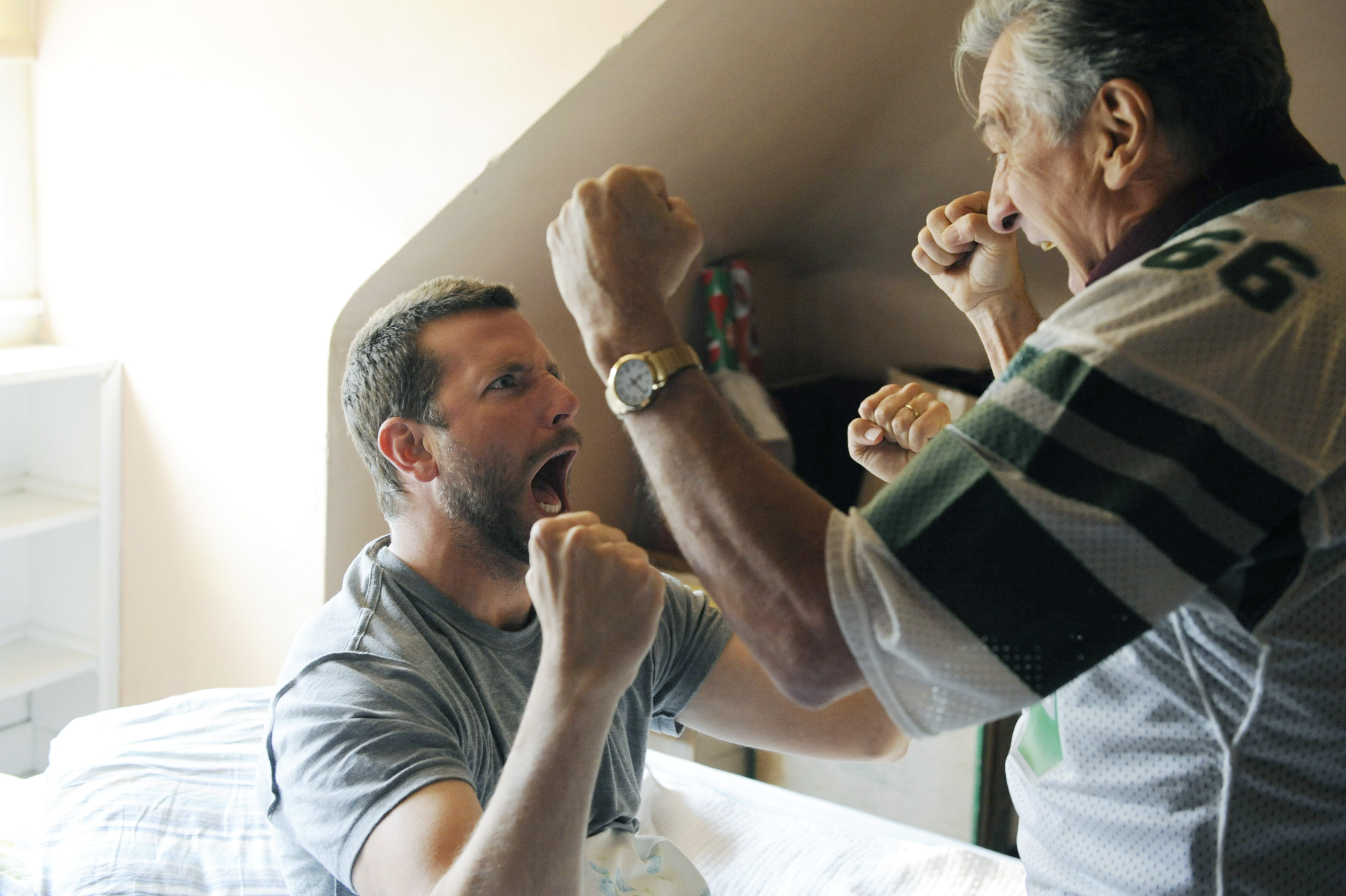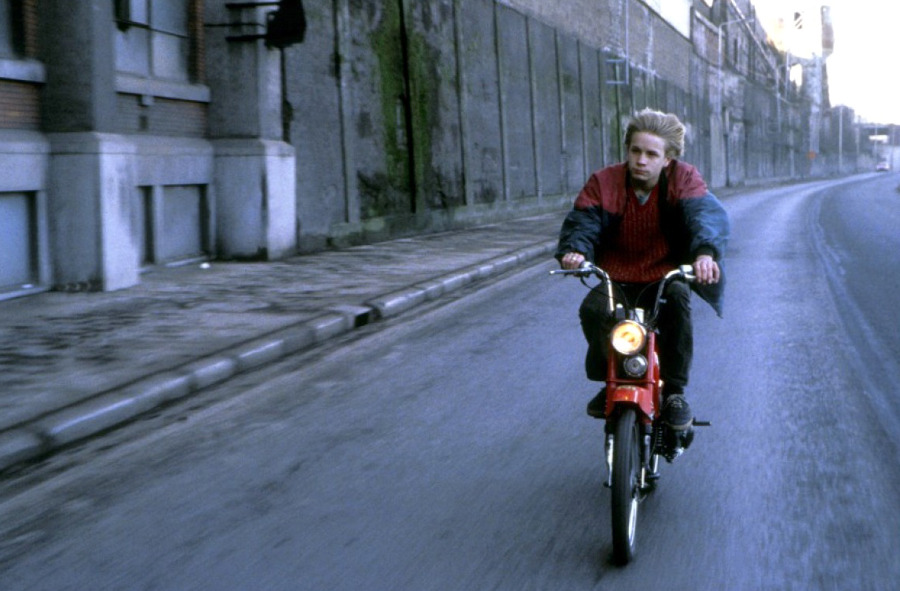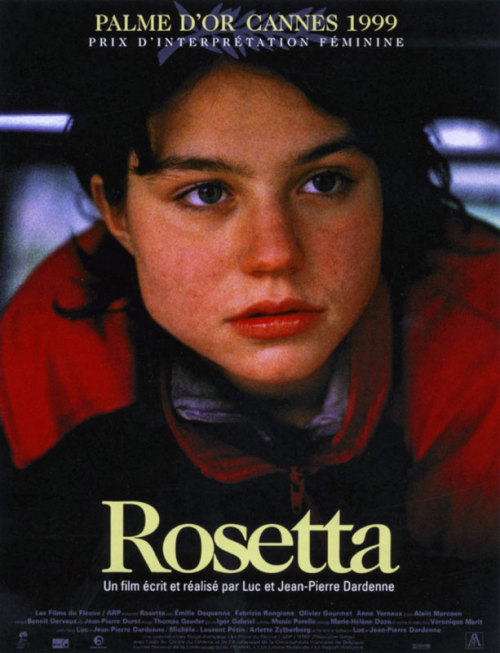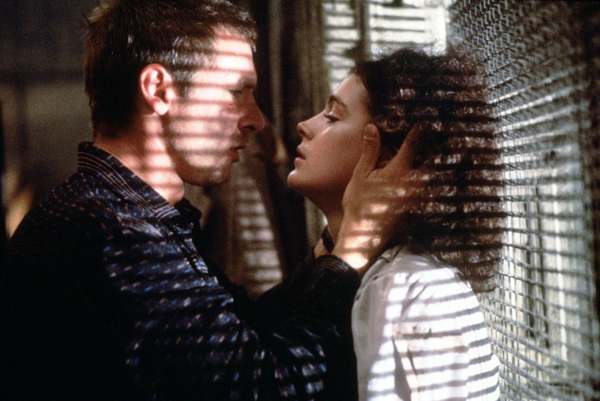So I'm sure we've all heard of the notoriously mind-bending/face-melting/thought-provoking movie by Christopher Nolan titled Inception (If you haven't it's obvious that you've been living under a rock for the past five years, just kidding). This film is a psychological thriller that has evoked different hypotheses amongst the film fanatic community through it's elaborate brain twisting plot. However, if you look more closely, it is evident that the musical score (composed by Hans Zimmer) plays a very significant role in giving this film it's brain twisting ability as well.
 | |||||||||
| (Hans Zimmer pictured above) |
In the video below is the track that has come to be known by the general audience as Inception's theme song was made to subconsciously cause you to feel like a part of the world of inception and experience sounds as you would if you were being tricked into dreaming by the protagonists.
The Track In Context
This track has acquired the role as the theme track because of it's prominence throughout the film. The track can be heard periodically from the film's very beginning 'til it's very end appearing in almost every scene that is meant to evoke a sense of anticipation and dramatic action. Although unapparent at first, this track is also very significant to the film's purpose of psychologically twisting the audiences' perceptions about the world of the film. In this film, the different scenes are layered dreams and it's up to the audience to determine which scene is a dream, which is a dream within a dream, and which is reality. Through study and observation it is evident that the ending of this track is often played in the scenes that are occurring in the dreams of the characters. How so you may ask? Well if you're familiar with famous musical scores then i'm sure you've heard Edith Piaf's track titled "Non, Je Ne Regrette Rien". Piaf's track is a kind of fast-paced elegant instrumental composition but Hans Zimmer alters it by slowing it down and building upon it in for his own purposes. Zimmer slows the track down because in the world of dreams our minds are thought to work much faster causing any sounds in the world of reality to seem slowed down. Essentially, all that the ending of Zimmer's Inception Theme track is, is a slowed down version of this track by Piaf. Zimmer does this to show the audience what it would feel like if they themselves were in fact dreaming and still aware of the sounds of the outside reality that they were sleeping in. If this is still unclear to you then feel free to listen for yourself. Things like this are often better explained through example rather than writing.
(Note: This is just the ending of Zimmer's track)
My Personal Experience With This Track
As I previously stated above, this track causes you to feel a sense of anticipation and helps evoke an almost adrenaline feeling as you listen to it while watching action scenes in the film. This may be because of it's very dramatic composition that ranges from subtly soft sounds to intense vibrations in a matter of seconds. Aside from this, knowing what I know about the Zimmer's creative process in regards to this track, it also creates a sense of thought provocation within myself because it causes me to suspect that everything that I am watching in the film is all just the dream of an offscreen character, almost as if we're simply watching the dream unfold of someone who we don't know at all.
Evaluation of The Track
Personally, I think this track is amazing. It's composition and the thought process behind it is truly a work of artistic accomplishment that oddly possesses the ability to tap into it's listeners subconscious thoughts as they witness the events in the film unfold. It most definitely evoked the emotions it was meant to and matched perfectly with each of the scenes that it was used in. Hans Zimmer is a musical genius!


























 In my opinion, this is a vital concept to the foundation of the film noir style that is prominent in the film The Postman Always Rings Twice. Throughout the beginning of the film, Cora and Frank's fondness of each other develops only after a series of confusing interactions between the two. At first, Cora comes off as a woman who has a dislike for Frank. As the film unfolds that same distaste becomes reason for the audience to believe that she has fancied Frank since their first meeting at her husband's Diner. Further elaborating on this effect, this idea is illustrated consistently throughout the film as the unfaithful Cora Smith and her lover Frank Chambers begin to implement plots to murder Cora's husband Nick Smith. After their first murder attempt becomes flawed, the local Distract Attorney begins to raise suspicion about the two which become a main factor in the developing plot of the latter half of the film. In conclusion, the entire film revolves around the two ideas of confusion and error. It is these ideas that further emphasize and stylize the film noir attributes within this film.
In my opinion, this is a vital concept to the foundation of the film noir style that is prominent in the film The Postman Always Rings Twice. Throughout the beginning of the film, Cora and Frank's fondness of each other develops only after a series of confusing interactions between the two. At first, Cora comes off as a woman who has a dislike for Frank. As the film unfolds that same distaste becomes reason for the audience to believe that she has fancied Frank since their first meeting at her husband's Diner. Further elaborating on this effect, this idea is illustrated consistently throughout the film as the unfaithful Cora Smith and her lover Frank Chambers begin to implement plots to murder Cora's husband Nick Smith. After their first murder attempt becomes flawed, the local Distract Attorney begins to raise suspicion about the two which become a main factor in the developing plot of the latter half of the film. In conclusion, the entire film revolves around the two ideas of confusion and error. It is these ideas that further emphasize and stylize the film noir attributes within this film.

